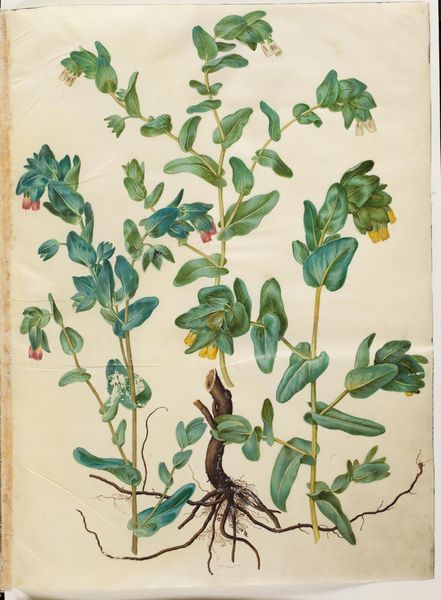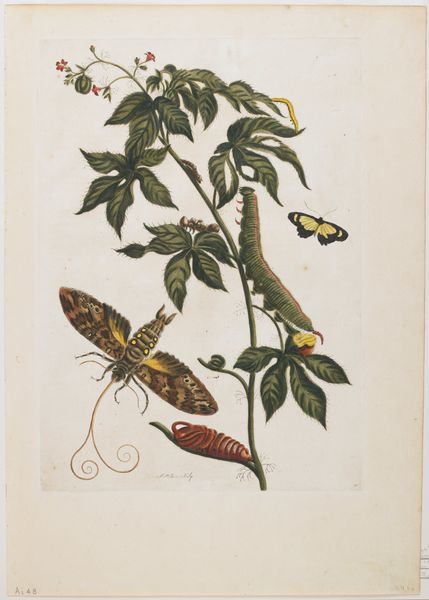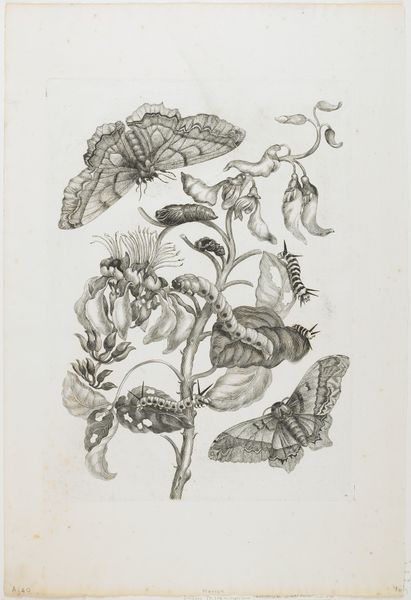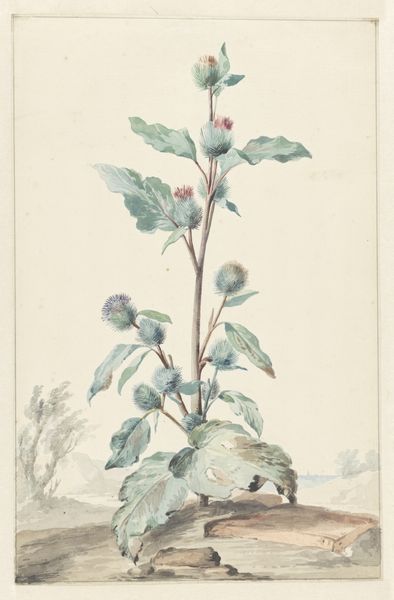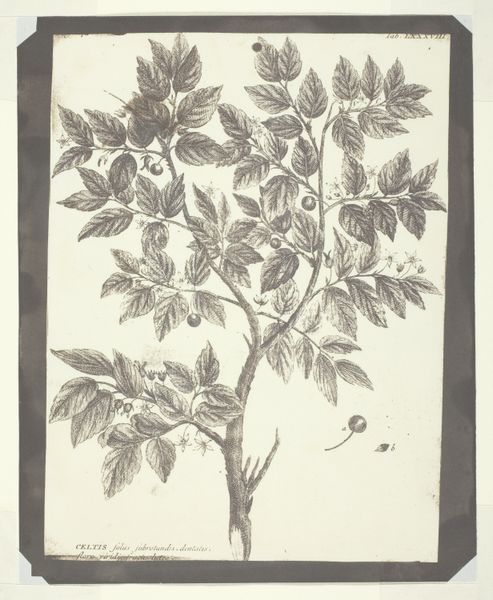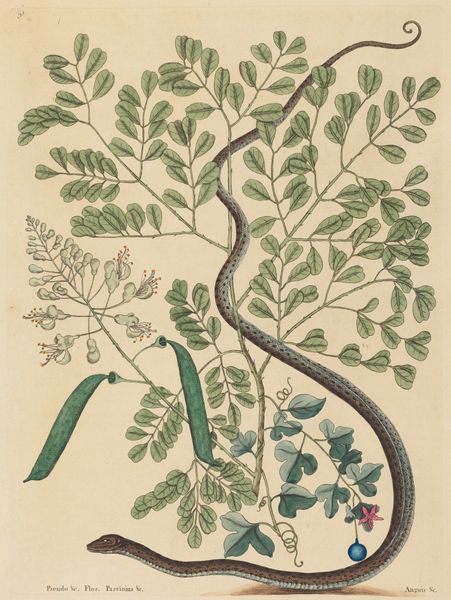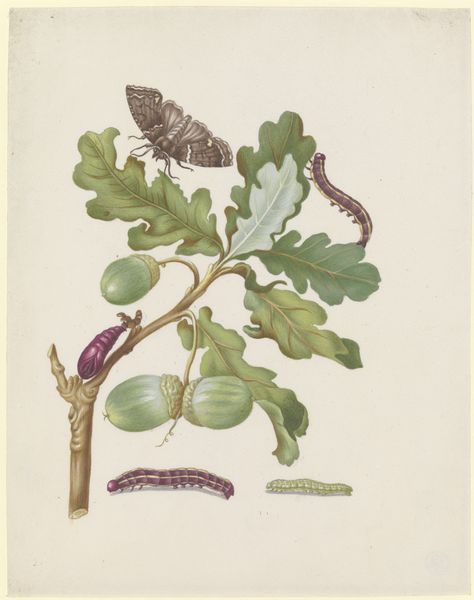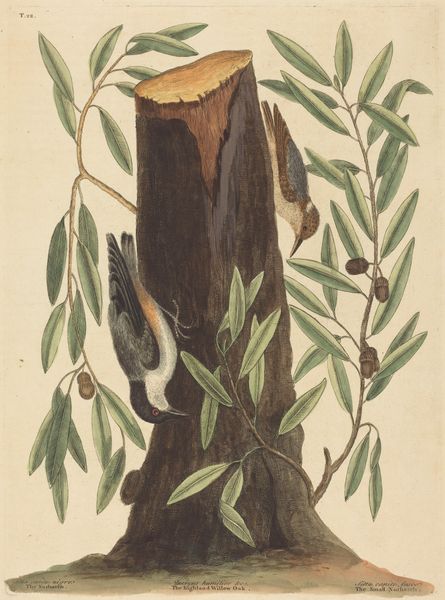
print, etching, watercolor, engraving
#
water colours
#
narrative-art
# print
#
etching
#
watercolor
#
watercolour illustration
#
history-painting
#
naturalism
#
engraving
Dimensions: 14 3/4 x 10 5/8 in. (37.47 x 26.99 cm) (sheet)
Copyright: Public Domain
This is an anonymous drawing of a Suriname Toad, or Pipa pipa. The print invites us to consider the natural world through a lens that is both scientific and deeply entangled with the politics of its time. The anonymous artist likely worked within the context of colonial exploration. During this period, the pursuit of scientific knowledge was deeply interwoven with the ambitions of empire, influencing how the natural world was perceived, documented, and ultimately controlled. How does the act of capturing and classifying nature reflect broader power dynamics? The toad, depicted with almost clinical detail, becomes not just a specimen, but a symbol of a world being simultaneously discovered and possessed. Consider the labor and the lives behind such images: the indigenous knowledge often overlooked, the voyages across vast oceans, and the complex exchange of ideas and materials. What stories are embedded in this image?
Comments
minneapolisinstituteofart almost 2 years ago
⋮
This print represents the remarkable reproductive cycle of the Suriname toad. The female toads carry their fertilized eggs on their backs, growing skin to protect their eggs during gestation, as they develop into tadpoles and small toads. Merian was one of the earliest naturalists to investigate the metamorphosis of amphibians. She found the Surname toad to be particularly fascinating, writing that when she observed the young crawling out of the mother's back, "I threw the female and her young into brandy" to preserve the specimens. She also recorded, "These toads are eaten by the natives, who consider them to be a good dish." Two shells are shown at the bottom; one clearly contains a hermit crab. "I had these shells brought up from the bottom of the sea in order to see what kind of creatures live in them…I pulled a number out with force and established they were a variety of crab," said the curious Merian. The aquatic plant is Sesuvium portulacastrum (Linnaeus), which she observed was "used as a kind of spinach or in a salad."
Join the conversation
Join millions of artists and users on Artera today and experience the ultimate creative platform.

